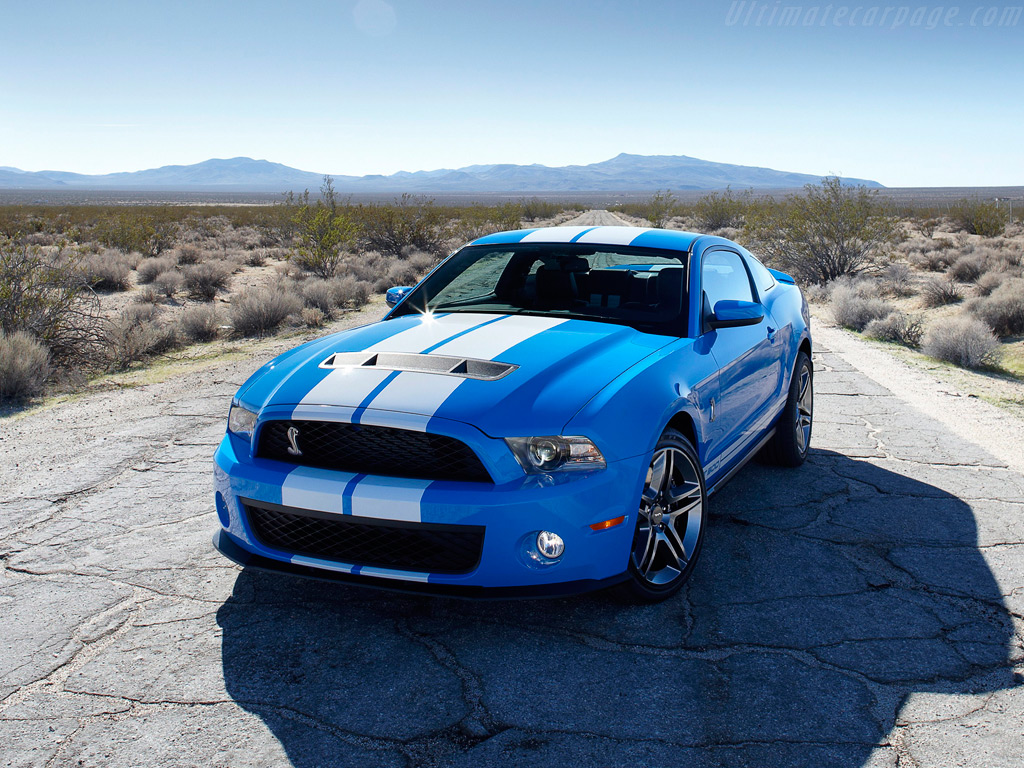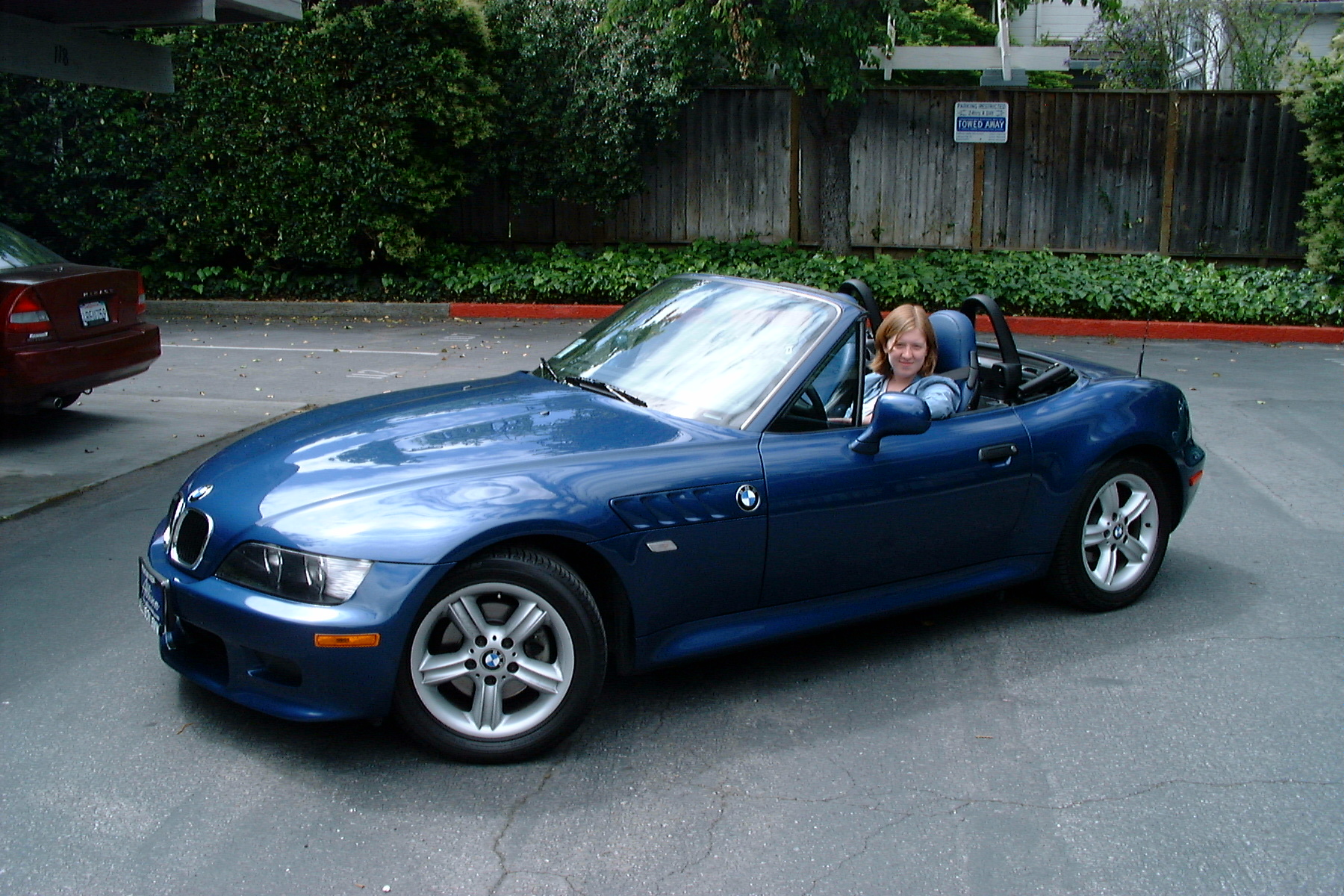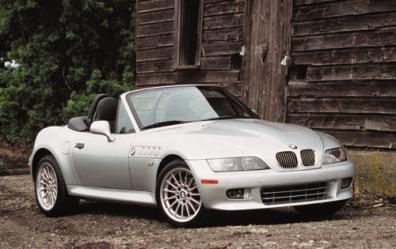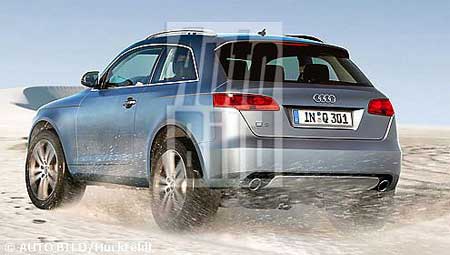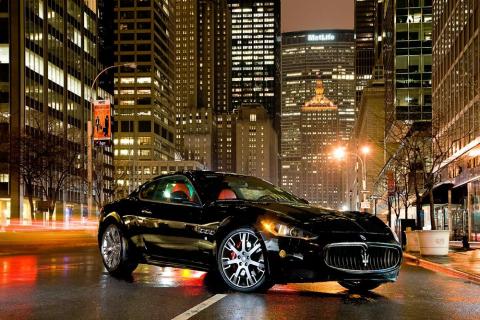The Alfa Romeo 164 was styled by Pininfarina in 1987, shortly after completing the Ferrari Testarossa. The 164 can be seen to share several styling design ideas with the Ferrari expressed as a four-door saloon. In concern for heritage, the design is also the logical extension and successor of the Alfetta, particularly the late-model "long nose, square light".
The 164 was the first Alfa to feature extensive use of computer aided design for calculating structural stresses, resulting in a very rigid but still relatively lightweight body. The 164 was the basis of the Type Four chassis, which it shares with Lancia Thema, Fiat Croma and Saab 9000. Being the last to reach the market, the 164's bodyshell was the most aerodynamic of the four, and had a markedly sleeker profile and lower coefficient of drag. In order to permit this design variation, an exclusive front suspension was developed.
The 164 was the first of the "new technology" Alfa Romeos, and is the technological and styling basis of all Alfas to the present day.
The 164 also introduced dramatically improved build quality over previous Alfas, featuring galvanised steel frame and various body panels for the first time, ending the most common complaint by Alfa customers about rust problems encountered in older models such as the Alfasud and the GTV.
Even though some purists feared of loss of character due to the adoption of front-wheel drive for the first time in an Alfa top-line saloon, the car proved itself as a supremely comfortable and sure-footed car, with a distinctively sporting character, inline with the marque's tradition. In fact, the motorpress of the day found its only fault to be some torque steer, particularly in earlier versions.
Equipped with the most complex wiring loom of any Alfa Romeo, the 164 was designed to compete in the executive car segment dominated by the German cars.[3] It offered better value for money in terms of technology (having three onboard computers, one for air conditioning, one for instrumentation, and one for engine management; air conditioning and instrument functions shared a multiple-mode coded Z-80-class microcontroller for dashboard functioning). Air-direction within the ventilation system was controlled by a pair of servomechanisms, which were constructed using notoriously fragile plastic gears and were prone to failure; possible high part costs are alleviated by the commonality of these parts with the 166. At least one aftermarket company has also developed metal replacement gears which eliminates the breakage issue.
The car had some very advanced features for its day, such as automatic climate control and electronically controlled damping suspension (in the top-line Cloverleaf models and 164S). This suspension actively reduced damping in response to conditions to provide a dynamic compromise between road holding and comfort. The 164 also boasted engines rated among the best in the industry at the time, and the same basic engine designs were used until very recently by Alfa Romeo across its model range.

Alfa Romeo 164

Alfa Romeo 164 Showroom
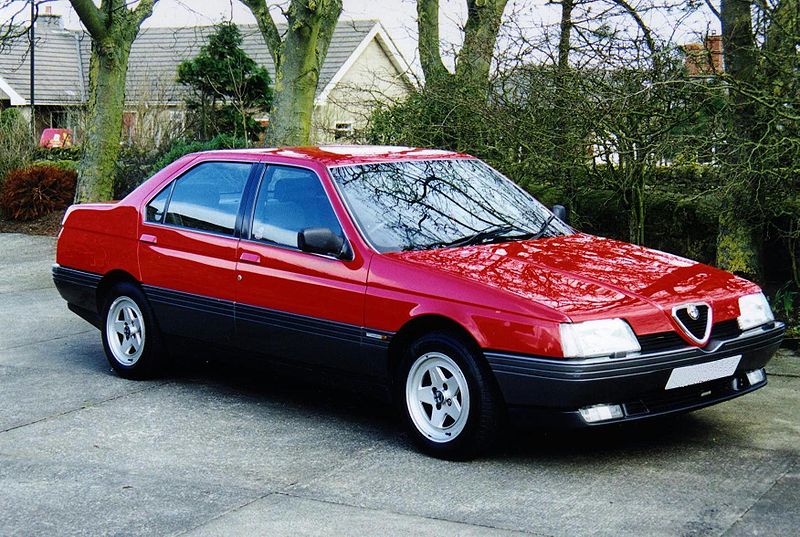
Red Alfa Romeo 164

Alfa Romeo 164 Wallpaper

Alfa Romeo 164 Image

Alfa Romeo 164 Car
 Infiniti (Japanese: インフィニティ, Infiniti?) is the premium or luxury division of Japanese automaker Nissan Motors. Infiniti officially started selling vehicles on November 8, 1989 in North America. Marketing operations have since grown to include the Middle East, South Korea, Russia, Taiwan, China, and Ukraine. Infiniti began sales in additional European markets in late 2008. The marketing network for Infiniti-branded vehicles now includes over 230 dealers in over 15 countries.
Infiniti (Japanese: インフィニティ, Infiniti?) is the premium or luxury division of Japanese automaker Nissan Motors. Infiniti officially started selling vehicles on November 8, 1989 in North America. Marketing operations have since grown to include the Middle East, South Korea, Russia, Taiwan, China, and Ukraine. Infiniti began sales in additional European markets in late 2008. The marketing network for Infiniti-branded vehicles now includes over 230 dealers in over 15 countries. Infiniti
Infiniti Infiniti showroom
Infiniti showroom Infiniti wallpaper
Infiniti wallpaper Infiniti
Infiniti